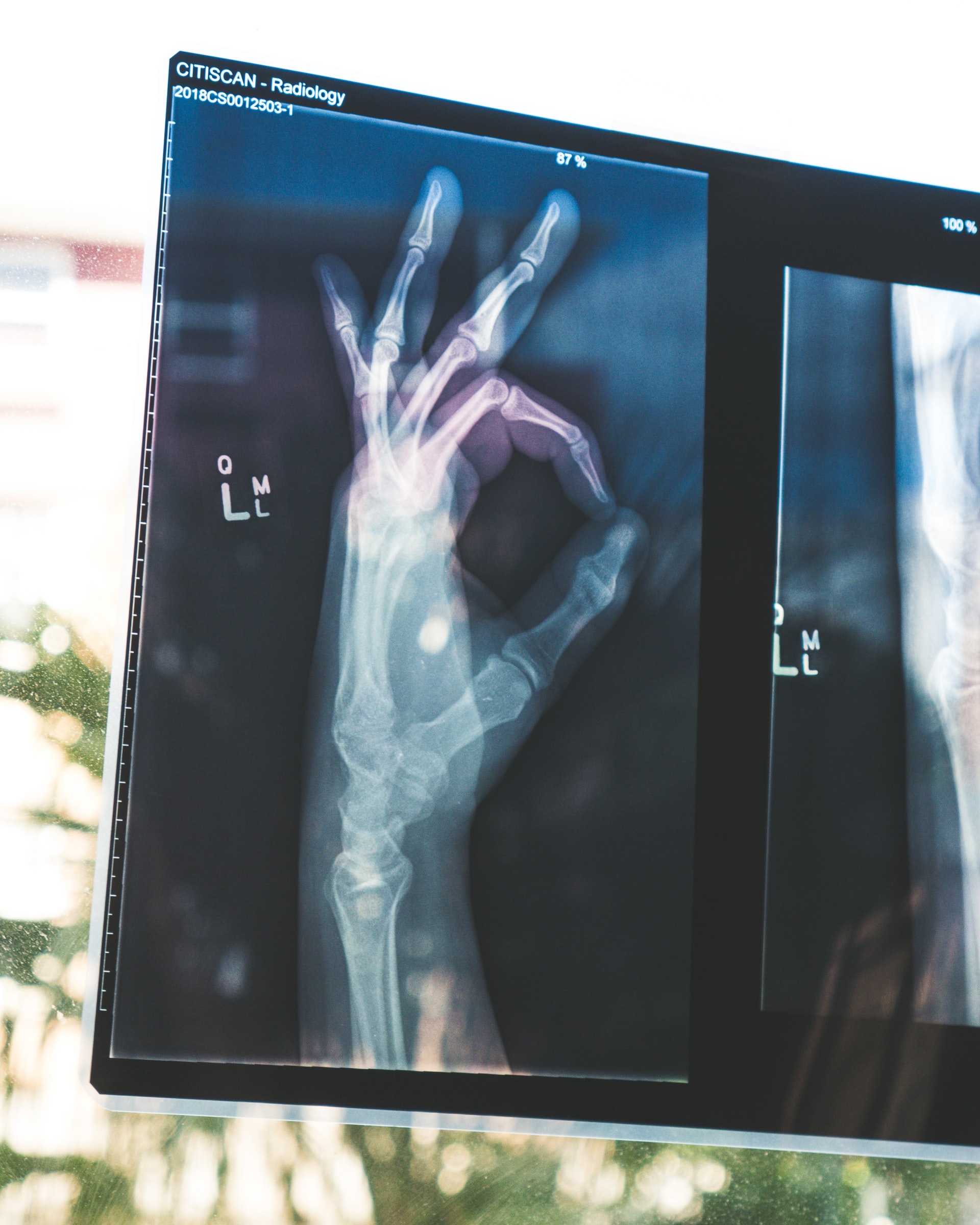FRACTURE MANAGEMENT
A fracture, or a break, in a bone occurs typically after a fall or any sort of trauma that causes one bone to split in two or more pieces. Any bone can fracture, but there are some that break more frequently than others, such as the ankle bones. Also, depending on the age group, different bones might break under the same type of trauma. For example, when landing on their arms, children would break the elbow, whereas teenagers or young adults would break the bones from the hand, and more senior population would break the wrist bones.
When we have a fracture, the area becomes numb and extremely painful. Swelling and redness follows immediately. This must be assessed urgently to determine the severity and proper management. Final management will depend on the bone fractured, its location and displacement between the bone fragments. X-rays will be ordered to properly assess the break and sometimes, a CT will be ordered as well.
Most commonly, fractures can be managed without surgery. A plaster will have to be applied and, in some cases, it will have to be changed until the pieces heal together. This takes at least 6 weeks and, in some bones, like the tibia, it might take up to 6 months for it to heal. In some situations, the best option for a fracture is to be have it surgically fixed. Each bone has a different indication for surgery. However, surgery will be needed in any of the following situations:
-
The fractured bones are visible. The fracture is considered as open and the chance of infection is high. Hence, surgery will be needed to wash the area and fix the bone
-
The fracture affects a joint. Joints must have smooth surfaces since irregularities lead to early joint degeneration
-
An artery is injured with the fracture. Both must be fixed simultaneously by surgical means
-
A fracture that did not heal with casting
-
A fracture that healed in a non-anatomical position

